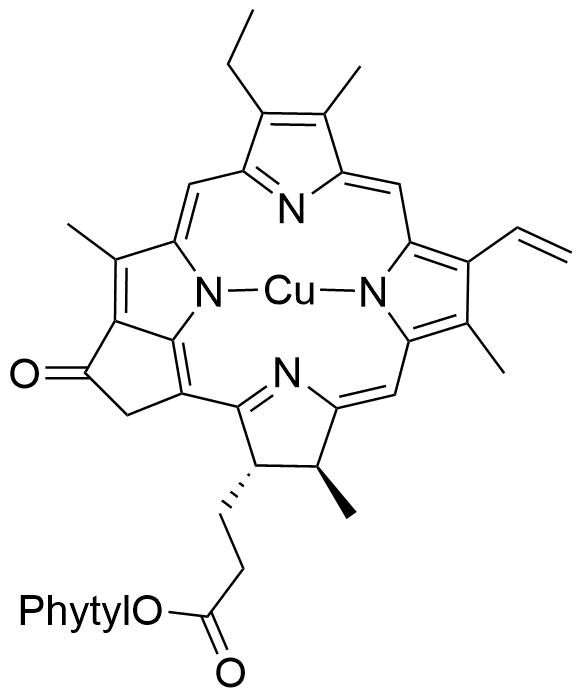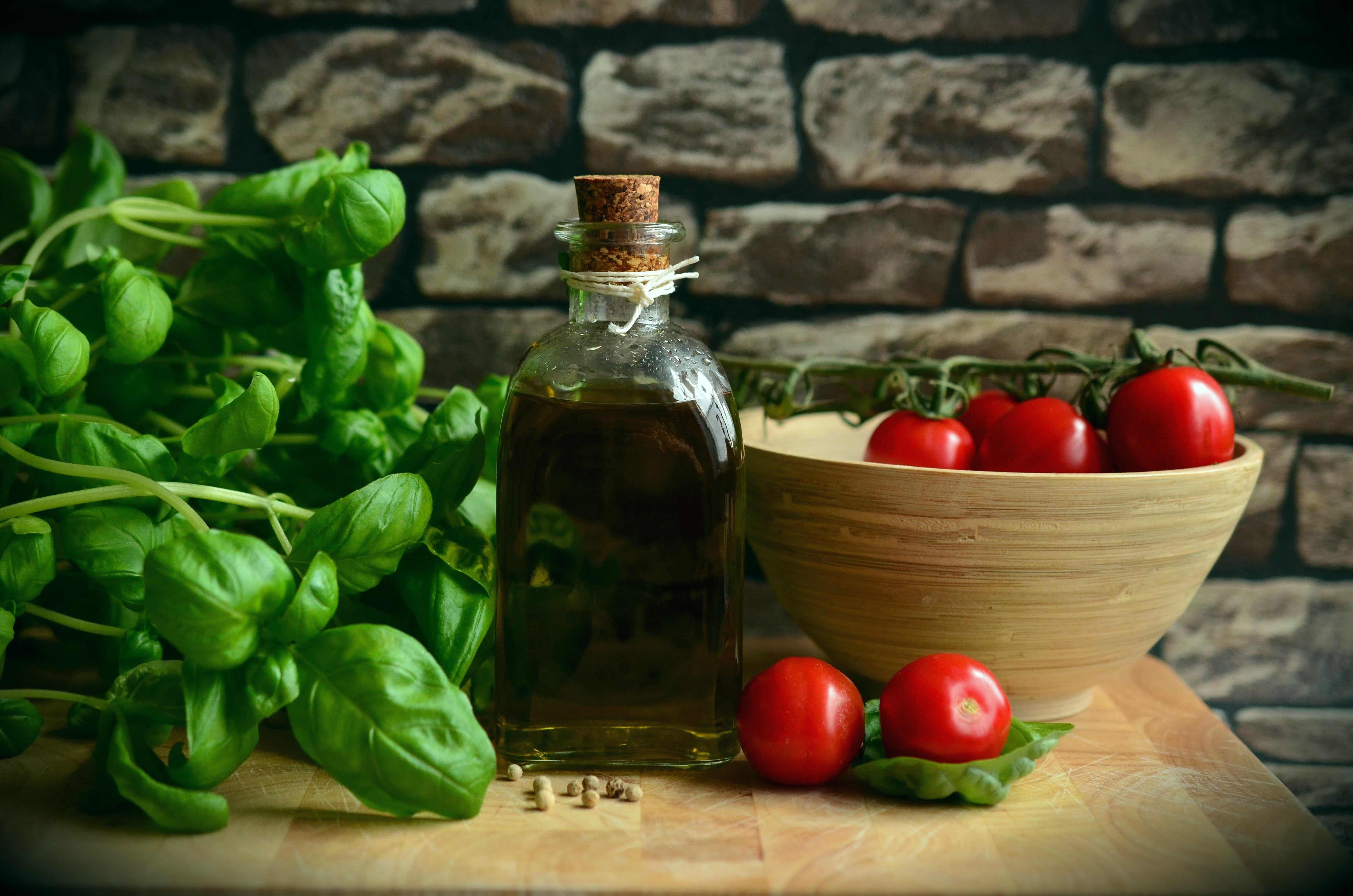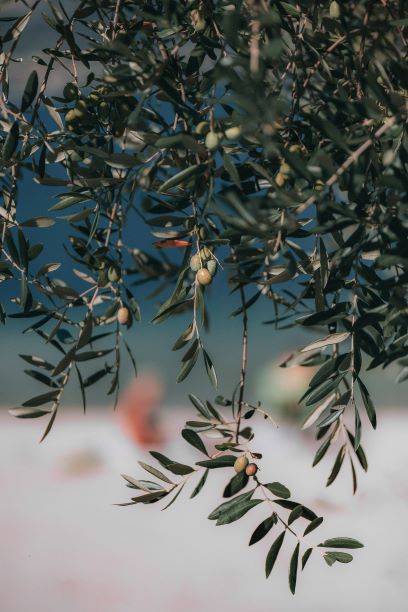Our perception of the world around us is determined by the inter-related functions of physical stimuli and our sensory responses. The value of our visual experiences is related to and enriched by our capacity to perceive not only light and shade, but also color.1 It has been established that color is responsible for 62–90% of the consumer’s assessment. This fact makes expertise in food colorants a very profitable activity.2
Olive oil is defined as a mixture of virgin olive oil and refined olive oil. The latter is colorless, as it has undergone a refining process that includes, among other operations, one of decolorizing. If the virgin olive oil intended for the mixture comes from an olive variety with little pigmentation or from ripe fruits, the resulting olive oil will be very pale. In general, the consumer identifies colored oil with virgin olive oil, while olive oils with little color recall refined seed oils.3 European regulations do not permit the addition of colorants to oils and fats of animal or vegetable origin. However, for other food products two natural colorants structurally related with the chlorophylls are authorized: those denominated E 140 and E 141. Because they are natural (pigments obtained from an animal or vegetable raw material); and although being subject to rigorous examination; they are not as a rule subject to regulatory specific criteria of purity. E 140 comprises direct chlorophyll derivatives; it is marketed according to its solubility: E 140i is lipo-soluble, chlorophyll derivatives, and E 140 ii is hydro-soluble, composed of chlorophyllin. Unlike E 140i, this colorant is marketed as powder or aqueous solution. The colorant E 141 is composed of copper complexes of chlorophyll derivatives; that is, the corresponding copper derivative of E 140. The product is marketed as E 141i, which is lipo-soluble and known as “copper chlorophylls”, and E 141ii, which is hydro-soluble and known as “copper chlorophyllin”, each results from the addition of copper to the respective pigment solutions.3
Frontier Specialty Chemicals provides olive oil additives for use as analytical standards, the most common of which are: Chlorin E6 (Cat. # Ce6), Cu(II) Chlorin e4 Disodium Salt (Cat. # 41037), Rhodin G7 Trisodium salt (Cat. # 41418) Cu(II) Pyropheophorbide a (Cat. # 41184), Cu(II) Pheophytin a (Cat. # P10299), Cu(II) Pheophorbide a (Cat. # P41182) and Cu(II) Pyropheophytin a (Cat P14914).

| Catalog Number: Ce6 Chlorin e6 | Catalog Number: 41037 Cu(II) Chlorin e4 Disodium Salt | Catalog Number: 41418 Rhodin G7 Trisodium Salt |

| Catalog Number: 41184 Cu(II) Pyropheophorbide a | Catalog Number: P10299 Cu(II) Pheophytin a | Catalog Number: P41182 Cu(II) Pheophorbide a |

Catalog Number: P14914 Cu (II) Pyropheophytin a |
2.) Viera, I., Pérez-Gálvez, A., & Roca, M. (2019). Green Natural Colorants. Molecules, 24(1), 154.

